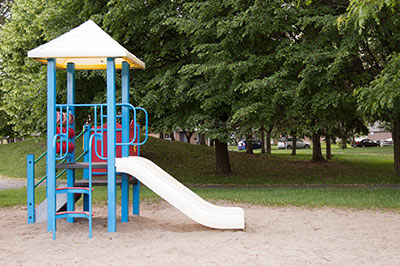Stankovi, Milojkovi, and Tani, 2006
The problem researched in this paper refers to the promotion of the evaluation system in the designing of the pre-school facilities, and the issue is approached from the pshychological aspect, in order to investigate the potential for improvement of this kind of structures.
In the paper, the systematization of the physical environment factors and their influence on the cognitive processes and the social behavior of children in the pre-school facilities. The conclusion is that the quality of architectonic design, that is, the quality of organization and materialization of the designed physical environment of the pre-school premises correlates with the positive developmental results of the children.











